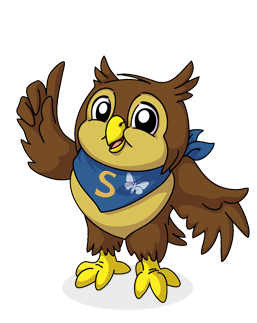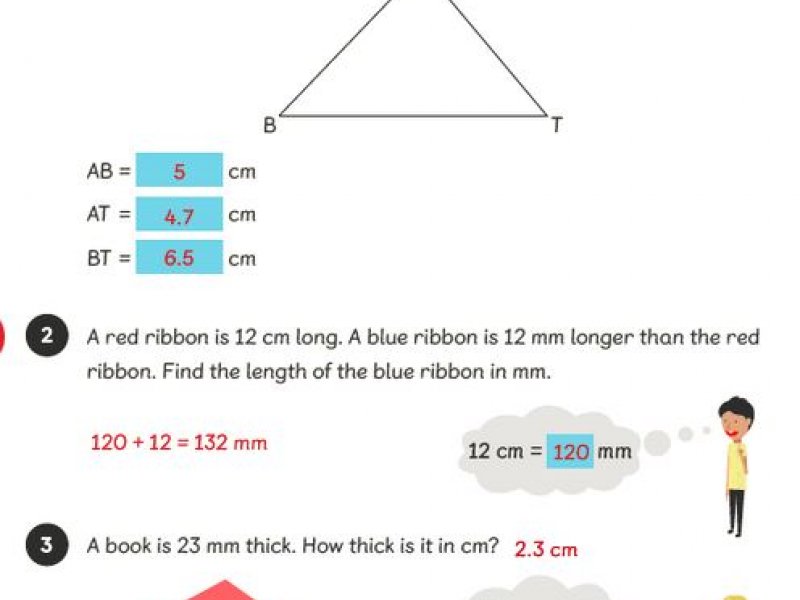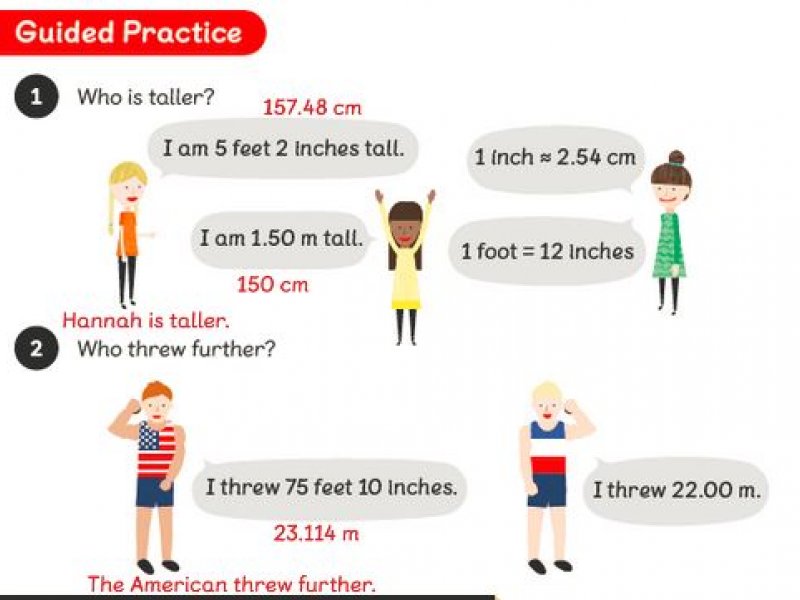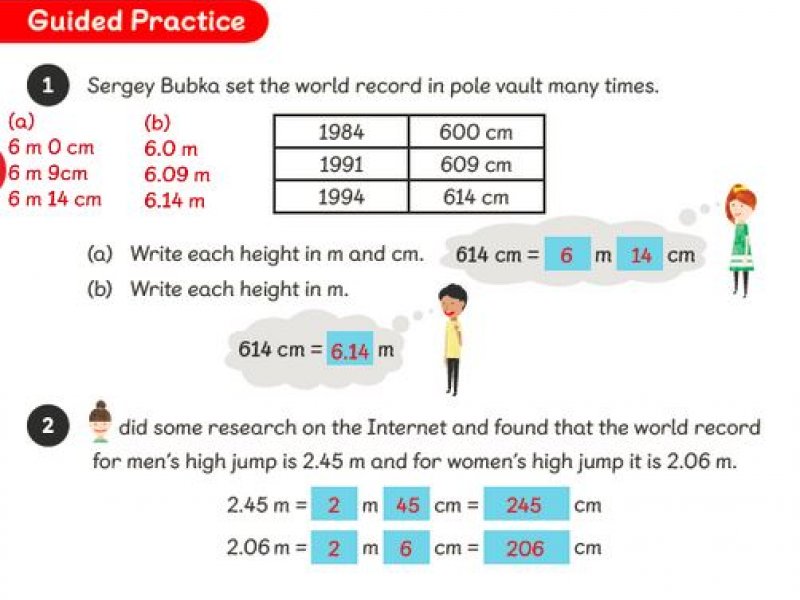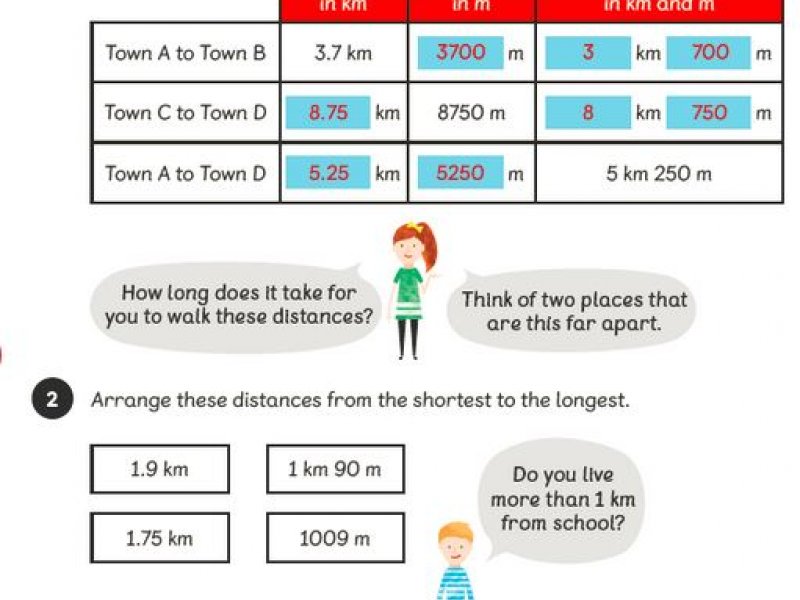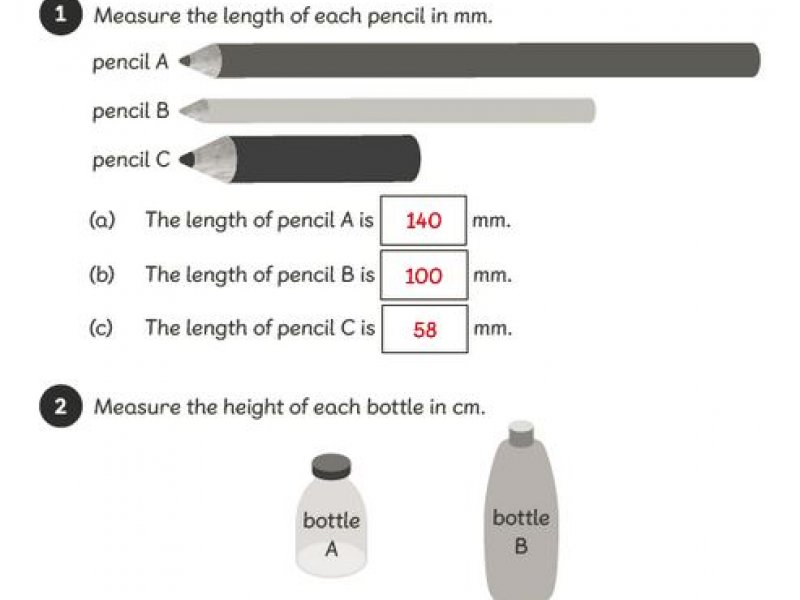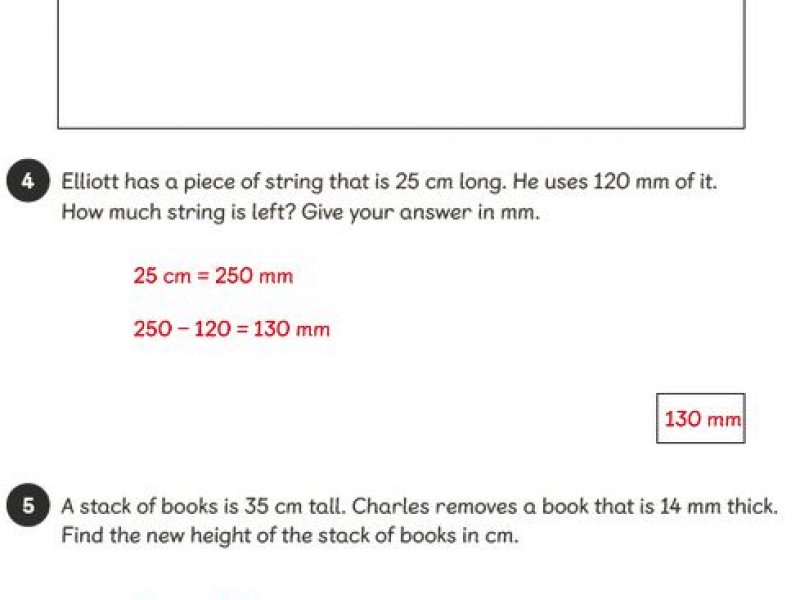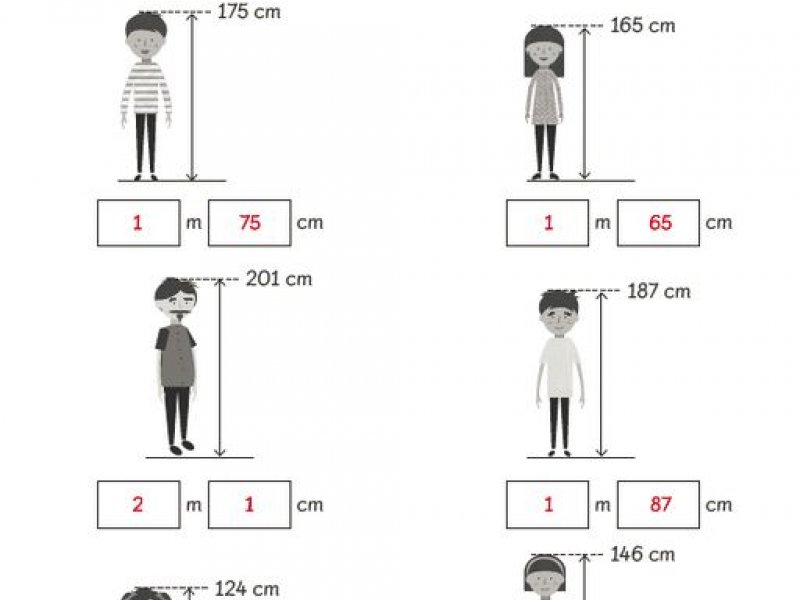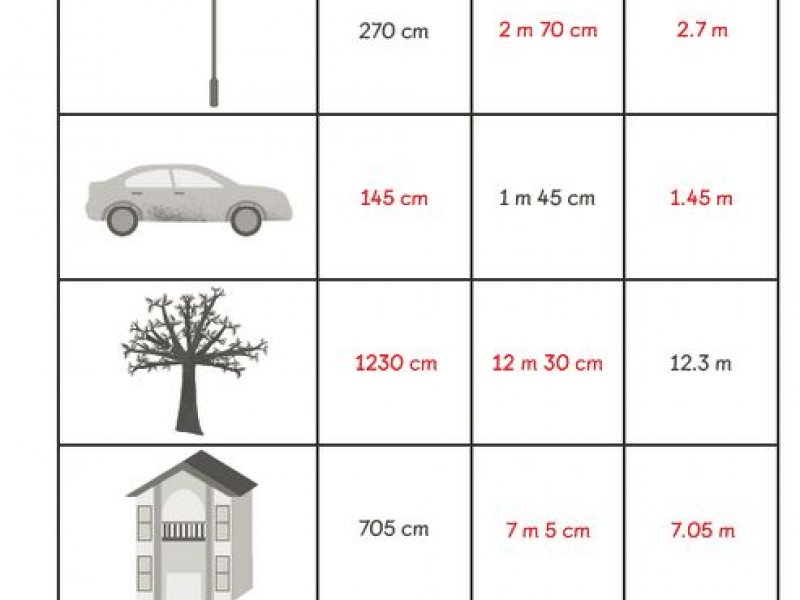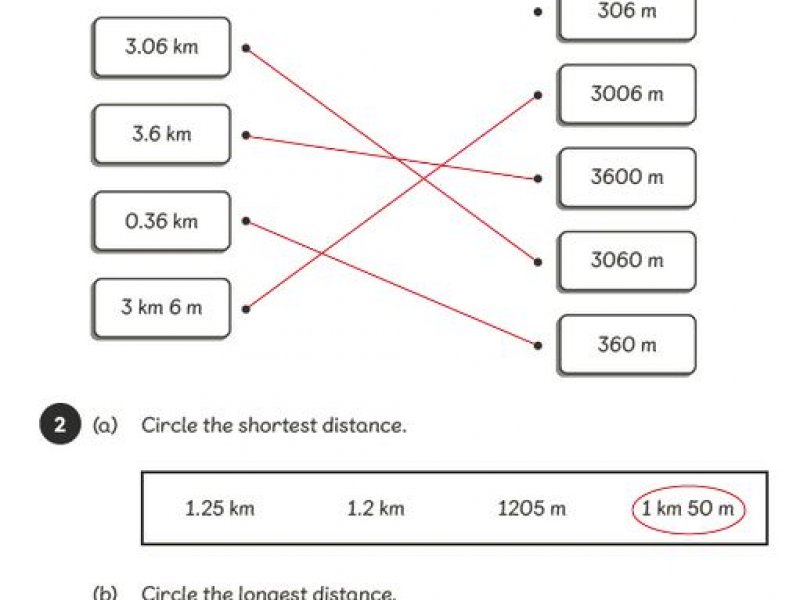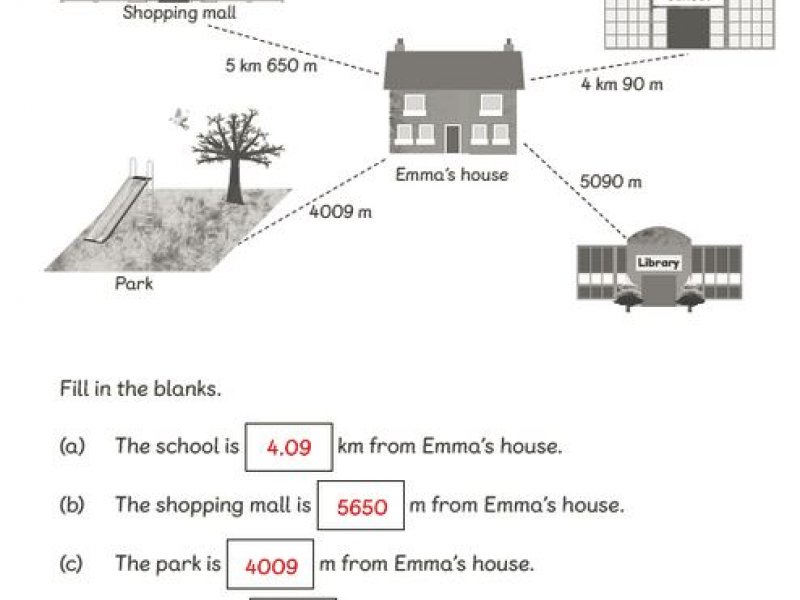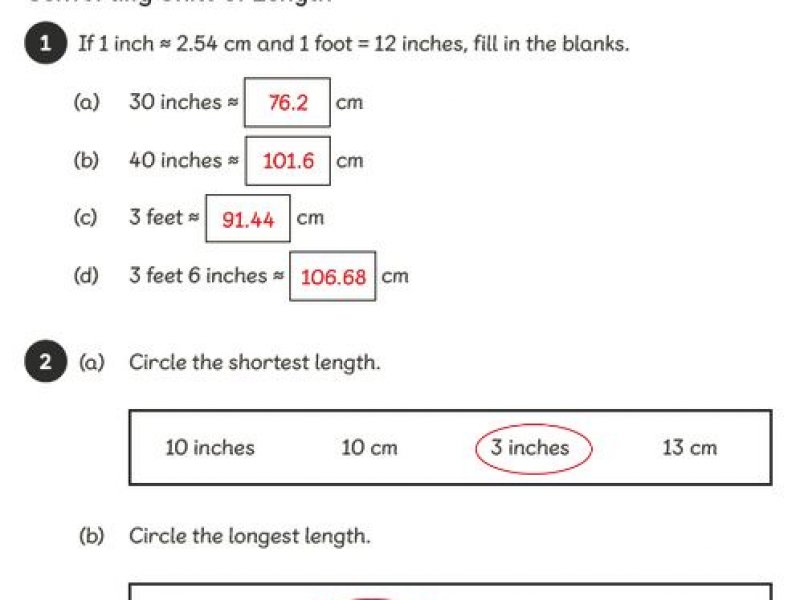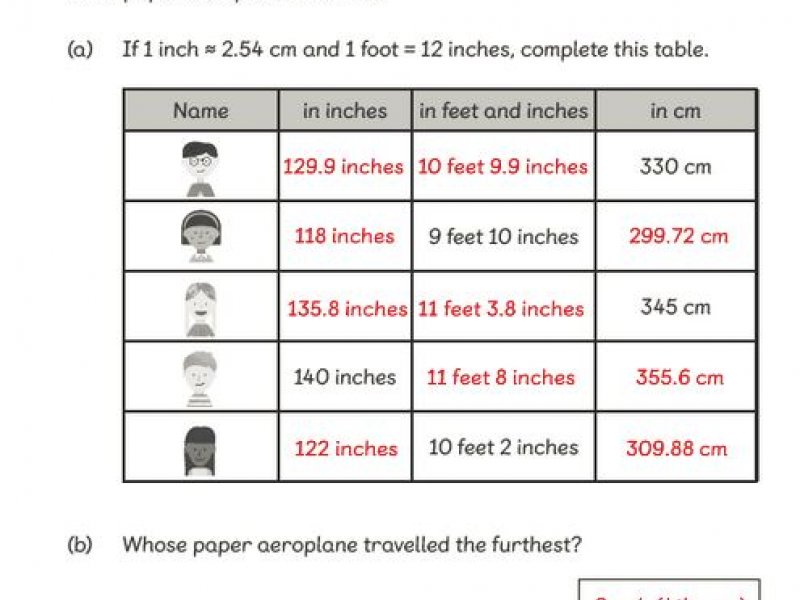Good morning everybody!
I hope you have all had a lovely weekend and are now ready for another week of fabulous Home Learning!
Here are your tasks for today:
Maths
Mental Arithmetic: x10 ÷10
We did do some x10 and ÷10 a few weeks back but we will go over it again this week as it fits in well with our maths focus and it’s always a good skill to revisit!
Have a watch and play of this game here, it’s a great one to revisit place value and x10 and ÷10: Top Marks x10 game
Maths No Problem: Textbook 5B Chapter 11 Measurements
Lesson 1: Converting units of length.
In Focus: Ask your children, How will we measure the three characters? We need to measure them in ‘mm’. What does mm stand for? Talk about millimetres and think about how small a millimetre is.
Use rulers with mm and cm and measure the heights of the characters in the images in mm. Then check if the problem is completely solved. Is there anything else we need to do? We also need to find out the height of the characters in centimetres. Are centimetres greater than or less than millimetres?
Remind your child that there are 10 mm in 1 centimetre. How do we represent 1 mm in centimetres? Can we use a decimal? Give pupils time to remember that 1 mm = 0.1 cm. What would 5 mm be in centimetres? 0.5cm. Discuss how the second and third characters’ heights will be more difficult to write in cm and mm because they are not multiples of 10. Curly = 35mm, which is 3.5cm
Let’s Learn: Work through Let’s Learn to show how to convert millimetres to centimetres. Follow each section of Let’s Learn in turn to discuss the hieght of each drawing.
Guided Practice: Your child will need to measure the sides of a triangle in centimetres, and work on converting centimetres to millimetres and millimetres into centimetres using their knowledge of x10 and ÷10.
Workbook: Complete worksheet 1, pages 99 – 100.
The answers to this week’s work will be in a gallery at the bottom of the blog page every day.
English
Reading: Your child should try to read for at least 20 minutes every day. Remember to log on to Accelerated Reader and complete quizzes for all the books you have read!
If you have a Lexia account, try to log on and complete at least 15 minutes a day.
Writing:
This week, we are continuing with our work on The Game. I was really proud of all your writing last week and so pleased to see how inspired you were by the story. I know this week you will all knock my socks off with your continued efforts!
Please revisit The Game and retell it again to re-aquaint yourselves with the story. All your storymaps were fantastic, wel don Year 5!
Today we are moving onto some sentence imitation. Let’s try using some sentence examples from The Game to write our own, following structures and patterns we all know.
1. Opening a story with names + a short sentence
Danny and Susie were bored.
Now try your imitations: e.g. Gaby and Jonathan were excited.
____ and ____ were _____.
2. Sentence of 3 for description
It crushed the tables, smashed the windows and flung children all around the classroom with a flick of its legs.
Now try your imitations: e.g. It ran down the road, crossed the bridge and jumped into the boat.
It___________ , ___________ and ___________.
3. Conditional sentence using ‘if’.
If you do not catch this beast, then you’re on the menu for its next feast.
Now try your imitations: eg. If the game is not completed, there will be no winner only losers.
If____________, then_______________.
4. Use of dramatic conventions and senses.
Suddenly, out of nowhere, there was a loud hissing sound.
Now try your imitations: eg. Without warning, a loud buzzing approached, as if from all directions at once.
__________________________.
5. Start a sentence with an adverb.
Quickly, they scrabbled around to find the box underneath all the mess.
Now try your imitations: eg. Cautiously, they crept away from the piercing sound.
____ly, _____________________.
6. Use personification.
Rivers of greasy rain streaked the classroom windowpanes and pooled to make gigantic puddles…
Now try our imitations: eg.The wind skipped through the trees, whistling a merry tune.
_________________________.
Topic: History
I really enjoyed seeing your stories and research about the history of your homes last week, well done everyone. I learnt a few things about Southill and Field Barn Drive as well!
This week we are moving on to compare our home town in the past to today.
I have attached here some old maps of Weymouth from different eras. First, I’d like you to have a look and discuss them with your adults at home and see if you can work out the era/century they were printed.
Then use this link Weymouth OS Map Online to have a look at modern day Weymouth – you can zoom in and out to see more detail. Look closely and make comparisons between the old and modern maps.
What are the two main regions of our town called?
What can you see on the old maps which is still here today? Has the land use changed? Has the land shape changed? Do you recognise any names? Are any buildings on the old maps also shown on the new map?
Write your comparisons in a table or as sentences in your journals and send them on to me. It would be great if you could spot something new for me to look at as well!
